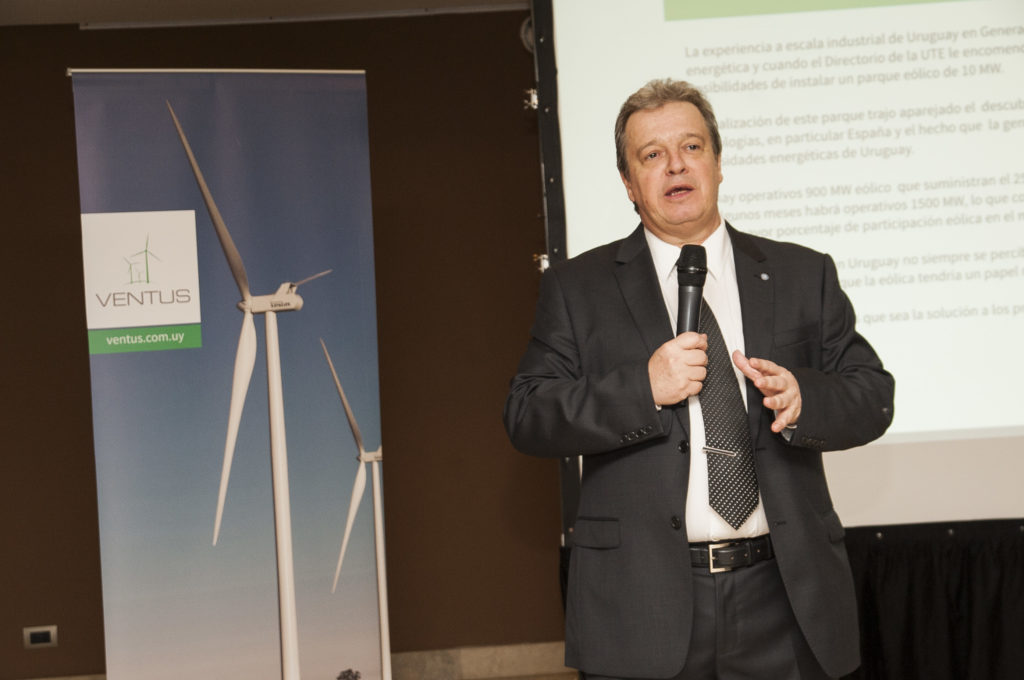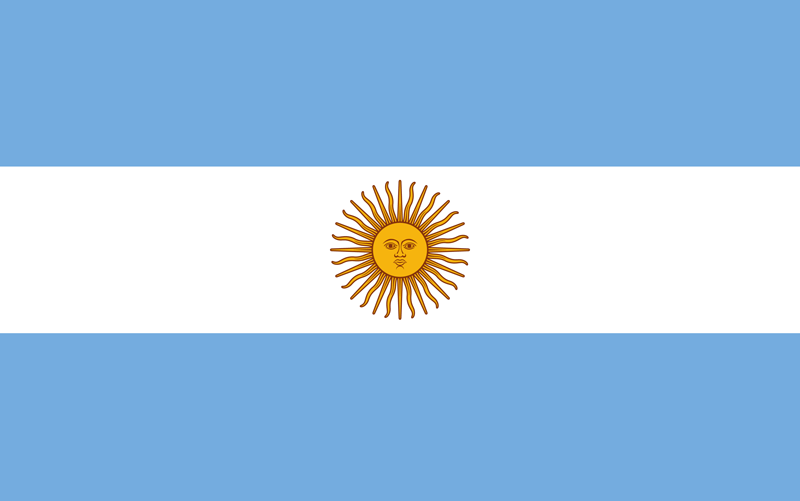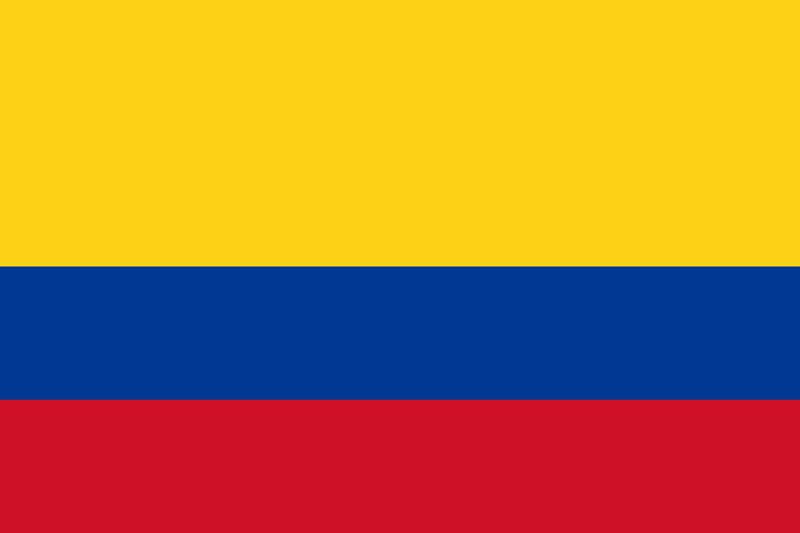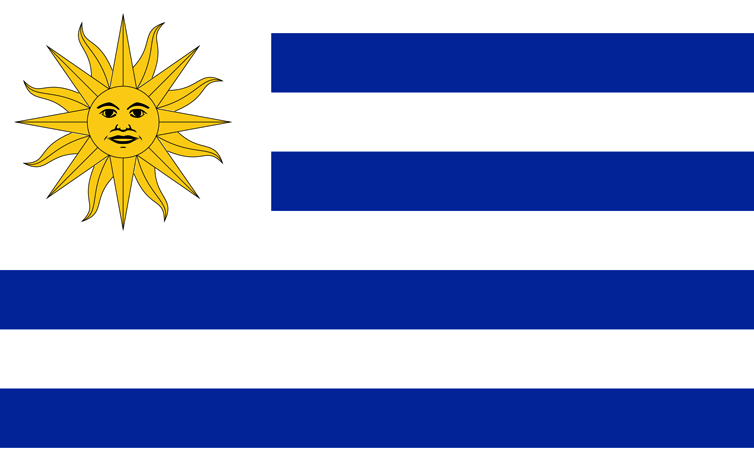LAS RENOVABLES NO CONVENCIONALES: EXPERIENCIAS EN EL MUNDO Y SUS EVIDENTES BENEFICIOS
- 15 de noviembre de 2016

[tp lang=»es» not_in=»en»]
La generación de energías renovables no convencionales se produce cuando hay recursos, se autogestiona, se automaneja: depende de variables climáticas como el sol y el viento, por ejemplo. Por eso, las renovables no convencionales son muy buenas porque no tienen costo variable: el recurso que utilizan equivale a cero. Necesitan una inversión inicial y después utilizan los recursos naturales; además, desde el punto de vista del medio ambiente, son muy buenas porque no emiten dióxido de carbono (CO2), que genera el problema del “efecto invernadero”. La naturaleza enterró durante miles de años el carbón del aire que se producía, y nosotros lo estamos devolviendo ahora a la atmósfera en muy pocos años.
Pero como las renovables no son gestionables, solo se pueden meter dentro de la matriz energética en un “mix”. Por ejemplo: con la hidroeléctrica convencional es muy fácil, porque cuando sopla el viento o sale el sol, esa demanda se le resta a la hidroeléctrica que sí es gestionable y se ahorra agua.Para introducir energía renovable a los sistemas eléctricos se crearon varios sistemas: uno es el de subastas, parecido al que está llevando a cabo el gobierno argentino, en el que el Gobierno hace la licitación y se compromete a adjudicar a los más baratos que cumplan las condiciones técnicas y se compromete a comprar toda la energía que produzca por un tiempo determinado (en el caso argentino fue por 20 años). Otro es el que se usó en Europa, especialmente en España y Alemania, el llamado feeding tariff: el Estado dice el precio que está dispuesto a poner de las renovables, y en función de eso el que quiera hacer una central renovable ya cuenta con el compromiso del Estado de comprarle energía a un precio determinado. En este caso, el precio lo pone el regulador, y la cantidad de MW la pone el mercado. Otro sistema es el de los certificados verdes: se obliga a los consumidores a que una parte de su energía sea renovable no convencional. Se le pone una multa si no cumplen con eso. Las empresas certifican que compran energía limpia y obtienen los certificados verdes. La Argentina también está con este sistema, ya que la ley 27.191 establece que para 2018 todos los consumidores deben tener un 8% de su energía proveniente de fuentes renovables. Si las cosas andan bien, se va a llegar más rápido a esa cuota y el sistema puede ir a números mucho mayores.
Hoy los grandes consumidores, las industrias, están obligados –y si no lo cumplen pagarán una multa– a utilizar el 8 por ciento de la energía que consumen de fuente renovable no convencional. Esa es la obligación que tienen. Un gran consumidor puede tener su parque propio, que puede estar en su propio predio o en otro predio. Si está en otro predio, tendrá que pagar el transporte y la distribución, y si está en su propio predio no tendrá que hacer frente a esos gastos. O también puede firmar un contrato con un tercero que hace su parque para vender energía a otros privados. Y para cumplir con la ley, muestra ese contrato.
Con respecto a si la energía eólica es mejor que la solar, la experiencia dice que la energía solar fotovoltaica se da mejor a las necesidades de generación distribuida; por ejemplo, en un centro comercial va muy bien poner paneles solares en el estacionamiento. En cambio, la energía eólica se adapta mejor para la megageneración: si uno quiere comprar grandes cantidades de energía, la eólica se adapta mejor. Esto es porque en cuanto a las líneas de transmisión, la eólica es más amigable para el transporte que la fotovoltaica. ¿Por qué? Porque la eólica tiene un factor de capacidad más elevado, es decir, la energía que va a producir a lo largo del año, en función de la potencia instalada. Por ejemplo, un parque eólico del 50 por ciento de factor de capacidad es un parque eólico que por cada MW instalado a lo largo del año es como si produjera en forma plana medio megavatio. Los factores de capacidad de los parques eólicos argentinos van a andar entre 40 y 50%, y los de las centrales solares entre 15 y 20%. Entonces, las centrales solares consumen mucha red: si se pone un megavatio solar va a producir 1 MW de día, pero de noche no va a producir nada. A lo largo del año, es como si produjera entre un 15 y 20% de la potencia instalada de forma constante.
Cada consumidor debería analizar qué es lo que más le conviene.
Fuente: Clean Energy News
[/tp]
[tp lang=»en» not_in=»es»]
The generation of non-conventional renewable energies is produced when there are resources, self-management: it depends on climate variables like the sun and the wind, for example. That is why, non-conventional renewables are so good; they don’t have a variable cost: the resource they use equals to zero. They need an initial investment and then they use natural resources. Furthermore, taking the environment into account, they are very friendly because they don’t emit dioxide carbon (CO2), which causes the “greenhouse effect”. Nature buried the carbon produced in the air for thousands of years and we are bringing it back to the atmosphere in just a few years.
As renewables are not always available, they can only be integrated into the power grid as a “mix”. For example: with the conventional hydroelectric power it is very simple, because when the wind blows or the sun shines, that demand is deducted from the hydroelectric power, which is always available, and we save water.
To integrate renewable energy into the electrical system several systems were created: one is the auctions, similar to the one which the Argentine government is carrying out, in which the government calls for bids and commits to choosing the cheapest companies which comply with all the technical conditions and also to buy all the energy produced in a certain period of time (in the case of Argentina it was 20 years). The other one was used in Europe, especially in Spain and Germany, the so called feeding tariff: the State sets the price of the renewables and according to that, if someone wants to set up a renewable plant, they can count on the commitment of the State to buy the energy at a certain price. In this case, the price is set by the regulator and the amount of MW is set by the market. Another system is the green certificates: the consumers are obliged to partly use non-conventional renewables. They are fined if they don’t. The companies certificate that they buy clean energy and they obtain green certificates. Argentina is also working with that system, since the law 27.191 establishes that by 2018 all consumers will use 8% of the energy they use from renewable sources. If things go well, that percentage can be reached much faster and the system can grow to much bigger numbers.
Today, large consumers, factories, are obliged-and if they don’t comply with it they have to pay a fine- to use 8% of the energy coming from non-conventional renewable sources. That is the obligation they have. A large consumer can have their own wind farm, that may be located at their own property or somewhere else. If it is somewhere else, they will have to pay for transport and distribution, and if it is located at their property, they won’t have to pay any charges. They can also sign a contract with a third party who builds their wind farm to sell energy to other private companies. And to comply with the law, they must show the contract.
Whether wind power is better than solar power, experience shows that solar photovoltaic power is better for distributed generation; for example, a shopping mall’s parking lot is an excellent place to install solar panels. On the other hand, wind power adapts better to megageneration: if we want to buy large amounts of energy, wind power adapts better. This is because when we consider transmission lines, wind power is more transport-friendly than the photovoltaic. Why? Because wind power has a higher capacity level, that is, the energy that will be produced throughout the year according to the installed power. For example, a wind farm with the 50% of the capacity factor is a wind farm in which, for every MW installed throughout the year, it is as if half megawatt was produced. Capacity factors at Argentina’s wind farms will work between 40 and 50%, and those of the solar plants between 15 and 20%. Therefore, solar plants consume a lot of grid: if a solar megawatt is installed, it will generate 1 MW during the day, but during the night it won’t generate anything. Throughout the year, it is as if it produced between 15 and 20% of the installed power on a constant basis. Each consumer should analyze what is more convenient for them.
Source: Clean Energy News
[/tp]




